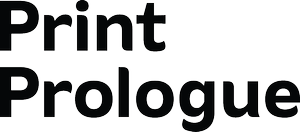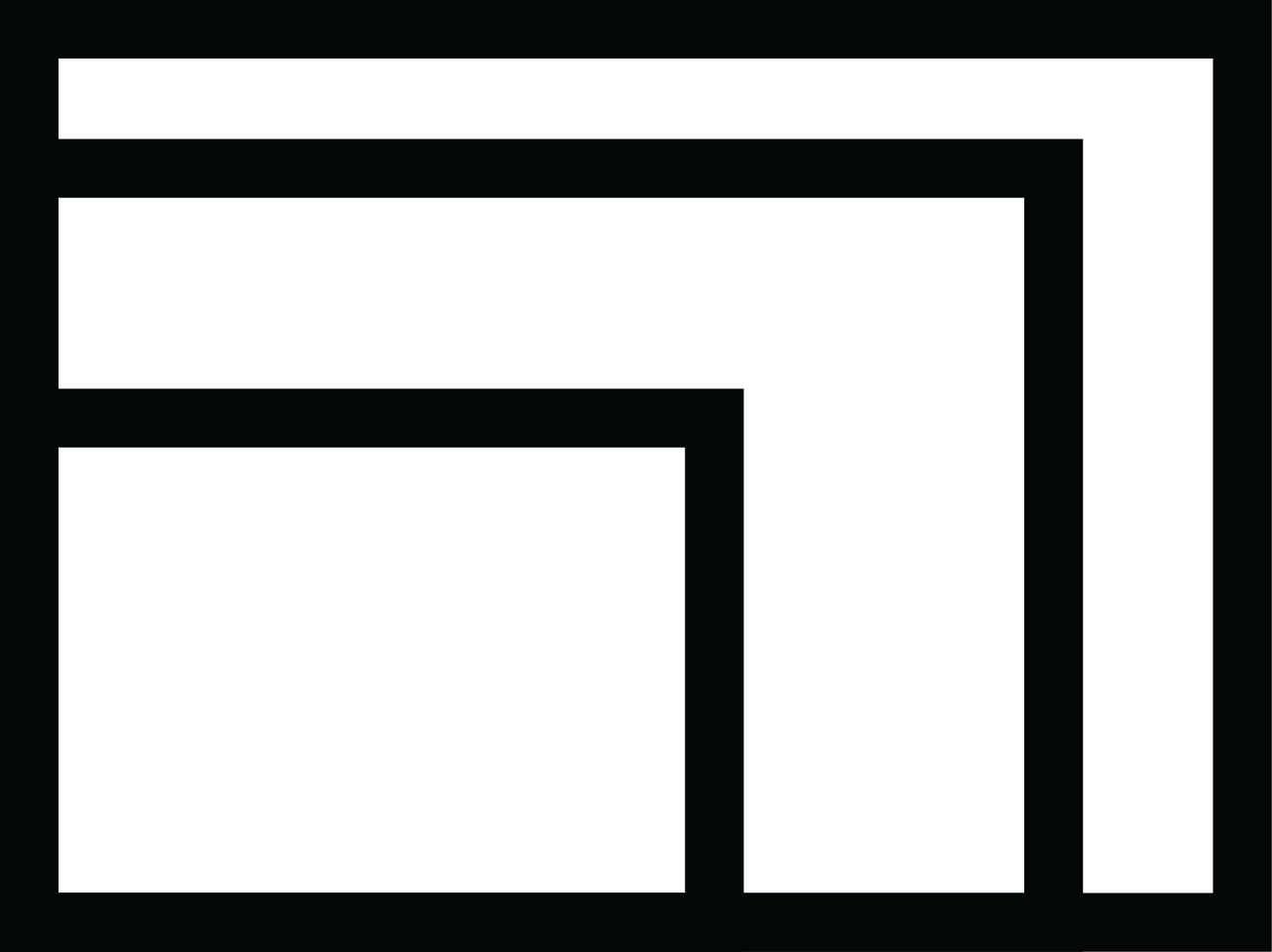OFFSET
In offset printing, ink permeates into the pores of the paper creating a very tactile, saturated and vibrant look & feel. Artwork is sent digitally to large plates that are placed in the press. Ink is applied to the plates, and then a printed impression is made on the press sheets.
COST
Typically more expensive than digital printing for very low quantities, but extremely cost effective for higher volume (1000+) jobs. Price per unit will decrease as the total quantity increases. Not suggested for quantities under 250 units unless budget is not a huge factor.
TURNAROUND
Moderate (10 business days). Allow for time for you and your client to review a physical proof (a.k.a. hard proof), plate production, press check, drying and finishings.
PAPER
There are a huge number of options. Coated, uncoated, smooth, textured, heavy, translucent, metallic, etc. Paper weight usually caps out at 130–140 lb. cover.
SHEET SIZE
Can be as small as 8.5 x 11 for small presses. Increases to 23" x 35" plus for typical offset presses. Pieces that share the same color and paper characteristics many times can be run together on the same sheet.
INK
Choose from all the Pantone Solids, Neons, Metallics, etc. or four color process—Cyan, Magenta, Yellow and Black (CMYK). One plate is inked for each color in the artwork. If the job has color photography, four plates are inked with specific percentages of Cyan, Magenta, Yellow and Black. Some offset jobs combine spot color and CMYK.
DESIGNER INVOLVEMENT
Due to the extensive plating process, proofs are required and press checks recommended by the designer.






